Dai-bosatsu toge (Sword of Doom)
Dai-bosatsu toge (Sword of Doom) : Movie Review
5 stars out of 5 (Masterpiece)
Director : Kihachi Okomoto
Cast : Tatsuya Nakadai , Toshiro Mifune
Japanese (English subtitles available), 1966
In the world of film appreciation by formal critics, dissecting a director's knack for making a film work, exploring how a character is acutely delineated, elaborating on motif metaphor and meta-analysis - all these are favourites for filmic appraisal. But critiquing intensely physical actions are not. Fight choreography is a good example. Here I refer not to those fancy flights of body and weapon where the players seem to be doing a dangerous stylized dance without hurting each other. Rather I point to the directly depicted business of slamming into the jugular. We hear of many famous Samurai films - their social context and psychological niceties no doubt make for arresting cinema but a Samurai, in the physical sense, would rise or fall depending on how great his skill with the sword was, and here only very few Samurai films focus ferociously on the nitty-gritty of swordplay. Daibosatsu-toge (Sword of Doom) is the under-recognized Godfather of this genre.
Some of the most celebrated Samurai films include entries such as Kurosawa's 'Seven Samurai'. I could barely watch that pendulous diluted flick - whatever point it intended to make, gets lost early in its feckless narration. Then we proceed to more potent Samurai sagas like Kobayashi's 'Harakiri' - a story of spellbinding gravitas. If its finale had the caliber of swordplay in Daibosatsu-toge, what incredible larks ! As for Daibosatsutoge itself, its swift, devastatingly precise swordplay has no equal in the genre. The knife in the craw is that its dramatic parts ride on the sprained shoulders of weak imagination and lacklustre characters. If 'Sword of Doom' had Harakiri's story-telling...well, let's just say that one shouldn't ask more from Japan, given what this great country has already given us.
The central figure in the film is a young man blessed with peerless swordsmanship. His curse is that his heart long ago committed hara-kiri on that deadly sword.
Pic opens in nineteenth century Japan wherein the world of Samurais is in terminal decline with the advent of guns and societal modernization. This reality is neatly tucked into the background as we are introduced to a more ancient milieu where a man like Ryunosuke Tsukue (Tatsuya Nakadai) reigns supreme. In his late twenties presumably, he is already the foremost lancer in the fencing school of a medieval-looking village. His father lies ill, beseeching Ryunosuke to nobly lose in an upcoming fencing match so that his opponent will be able to build a better life. The opponent's wife surprises Ryunosuke with a secret visit, imploring him to lose to her husband. Ryunosuke, for whom losing was never an option, grins darkly.
Later months see him in another town, with the modestly paid job of a hit-man for a group of Ronin (masterless Samurai) who are trying to kill off another group for politico-economic gain. Ryunosuke now also has a partner and baby son in tow, and their near penury drowns his woman in a state of perpetual frustration for which she bitterly blames him. The irony is that she had begged at the outset to be with him. He could have led a more public prosperous life but the slaughter he has left in his wake in the past, now oblige him to lie low even in other towns. Ryunosuke's listless existence ,with his group continually assuring him of the great times to come, finally ends with the day of reckoning.
Unfortunately for him, it is not the day of his choice. And unfortunately too for his enemies, they do not know that whatever numbers of assassins they may besiege him with, he is not a man to bow.
The film has a grand total of three sequences which show the supreme Ryunosuke fighting. They total up to twelve minutes, out of the total film runtime of a hundred and twenty minutes. Those dozen minutes comprise the bedrock of the film , a highlight at the start and another at the end with the hammock dipping dolefully in the middle. Nakadai smoulders with quiet intensity and amoral charge in every frame he appears in, and there is also a bracing turn by the reliably formidable Toshiro Mifune. And the cinematography is consistently excellent both in composition and in sharp images. But the hard fact is that every time the movie goes away from the searing action, the drama does not have the juice to prop up the rest of the meat.
The first fight's crucial event transpires at such lightening speed that both we the audience and the on-screen spectators don't have a clue when the destiny-changing blow was struck. Then at the very end, the ultimate show-finisher is less an exhibition of stunning sword-fight, and more a celebration of orgiastic carnage.
Which brings us to the showpiece action sequence of the entire film which occurs early in the narrative. Ryunosuke is warned of a path which is secretly swarming with fourteen men out to kill him in revenge. There is not a flicker of alarm in his face as he calmly walks through that clearing in the woods even as he is verbally threatened with death by his emerging assailants. As they lunge towards him , the camera covers the assault from a vantage point set a hundred and twenty degrees to the back from the line of action. Background score involves a bird's periodic chirps, and thin fog weaves the air not to obscure but to heighten the drama. Even when three men rush towards him all at once , Ryunosuke's slash swerve and cut is so exactly swift that no matter how many times one rewinds the sequence to detect a flaw in the face-off, there is simply no weak link on display. It's all captured in a single uncut take - amongst cinema's greatest and purest action sequences. This 1966 effort is the illustrious fore-runner of the one-versus-many-in-a-line fight scenes such as another spectacular one in Park Chan-wook's 'Oldboy' (2003).
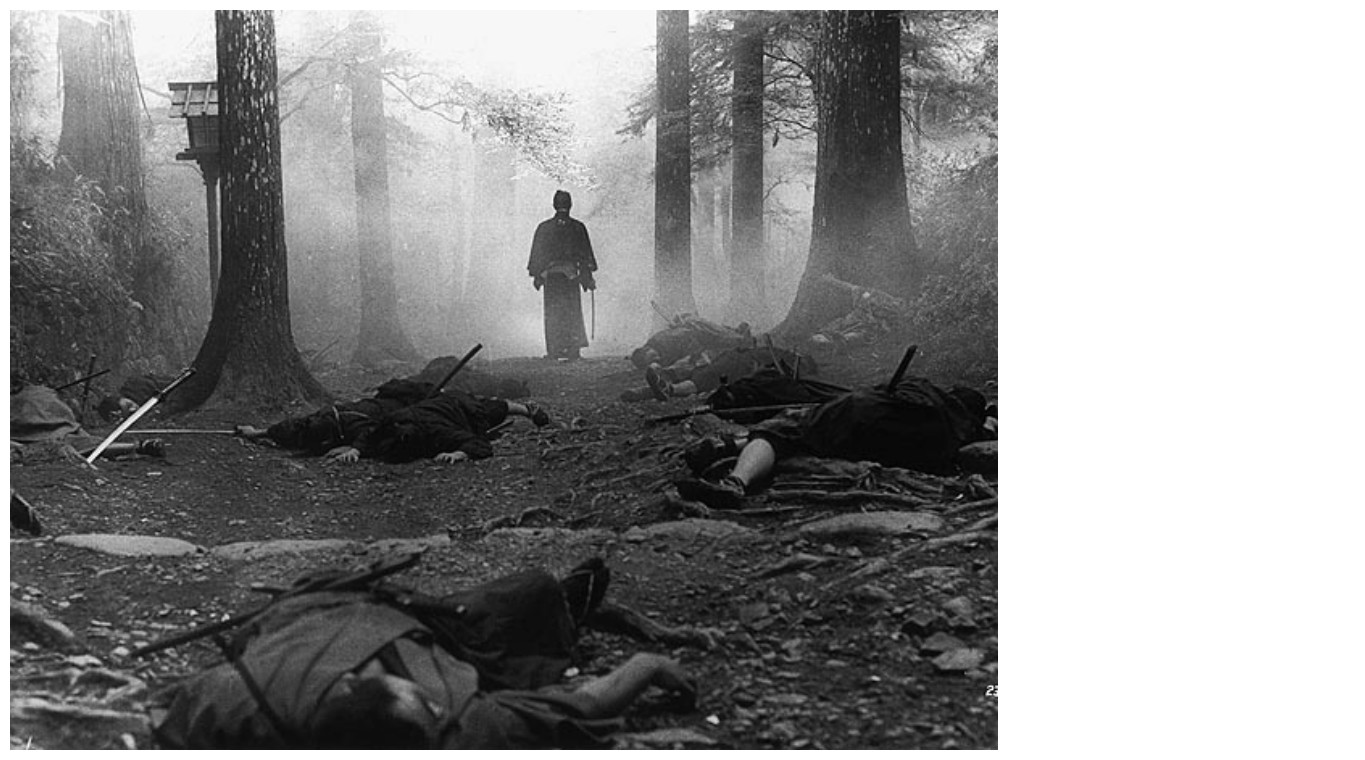
A special charge issues from the dark nihilistic force of Ryunosuke, embodied terrifically by Tatsuya Nakadai - compare this with his aged complex composure in another elite Samurai scorcher - the afore-mentioned 'Harakiri'. Right at the start of 'Sword of Doom', Ryunosuke's choice of action makes it crystal clear that his thirst for killing is dangerously confluent with his expert swordsmanship. When he cuts down a horde of attackers who would have very likely hacked to death a lesser fighter, the carnage's aftermath sees a slight eerie smile of gratification simmer on his face.To be fair, he does react with genuine shock when he hears of his father's passing. When his wife cries gloom, he looks gravely over his baby son and states "Children are known to grow up even in the absence of their parents". And a hotly anticipated event which simply goes missing from the proceedings offers an oblique but definite clue of Ryunosuke's familial sense, marred though it is by a preceding event.
But the film gravely dilutes its potent flow by selecting the wrong plot tracks to revolve around the protagonist.The politics-'n'-intrigue of a gang to which he's affiliated, just do not make for arresting viewing. Worse, one of Ryunosuke's living victims, a young girl, is shown to be marooned in a pernicious spiral of corrupted life the whole telling of which simply does not have depth of personality or plot creativity to behove the movie's intense core. Much more interesting would have been the choice to show Ryunosuke as a freelance killer who coolly switches from one contract to another, with its attendant thrills and dramatic tension.
Minor but nevertheless notable respite is afforded by Toshiro Mifune's inspired cameo as fencing Guru named Shimada. Composed , strong and kind, this middle aged veteran is a perfect counterpoint to the chilling young anti-hero. Ryunosuke slyly enters Shimada's fencing school as a visitor, quickly defeats a contender and asks for a match-up with the Guru himself. Shimada wisely (or is it owing to something else?!) declines.
We finally see the Guru in action when his entourage is mistakenly waylaid. Shimada expertly slashes down a battalion of assailants before telling their hapless leader - "They were good fighters!, they did not deserve to die". Contrast this with Ryunosuke's perverse smile at the the movie's first massacre. The latter himself, in the background, watches all this in the falling snow. Shocked, with a sinking heart , he witnesses the other man, a good twenty years older than himself, still having the power stamina and skill to mow down an entire gang. For the first time ever, he beholds a fighter who may match him or even defeat him. The seething Shimada simply says with scriptural resonance : "Evil mind, evil sword....Study the mind to know the sword". Ryunosuke's provoked sword hem mystically rises by itself, but he never proceeds to attack, as though stopped by a detumescence elsewhere.
And that brings us to the climax. The man of the dark hour and sharp hand sits in one of the rooms of a vast pleasurehouse sipping on alcohol, promised dreams of power, riches and girls, blissfully unaware that individual supremacy is no bar to the risks of barbaric group politics. The ghosts of the past surface to haunt him, and he gets up suddenly, slashing madly at giant shadows, tearing past screens of those flimsy rooms as manic cries and laughter echo all around. And then real flesh-'n'-blood attackers emerge, scores upon scores upon scores of them, ganging up to finish this one man off. As mentioned before, this ten minute long showpiece isn't so much about perfection as it is about an animalistic drive to keep smashing past obstacles. Throats are slashed, blood spurts , hands severed, and chests ripped as Ryunosuke, despite intoxication, erupts as an alpha-beast. Himself injured for the first time, with lacerations and weakness mounting as blood drips down his staggering steps - here I'm reminded of a Reader's Digest story of a fishing crew in freezing dangerous high seas - "What is beyond exhaustion is not more exhaustion, it is a hallucinatory land of euphoria" - he hits twists defends stabs and rips his way past piles of attackers, their bodies in a heap in his wake, as they crash past rooms breaking fire with slice upon slice of new attackers' blood. Even more assasins loom... Director Kihachi Okomoto, who has worked as a visionary all through, elects to fly out in the same vein by closing with a perfect cut as if to say - "You can throw an entire army at a champion, but can you really defeat a man who does not know how to lose?"
UPN
UPNWORLD welcomes your comments.

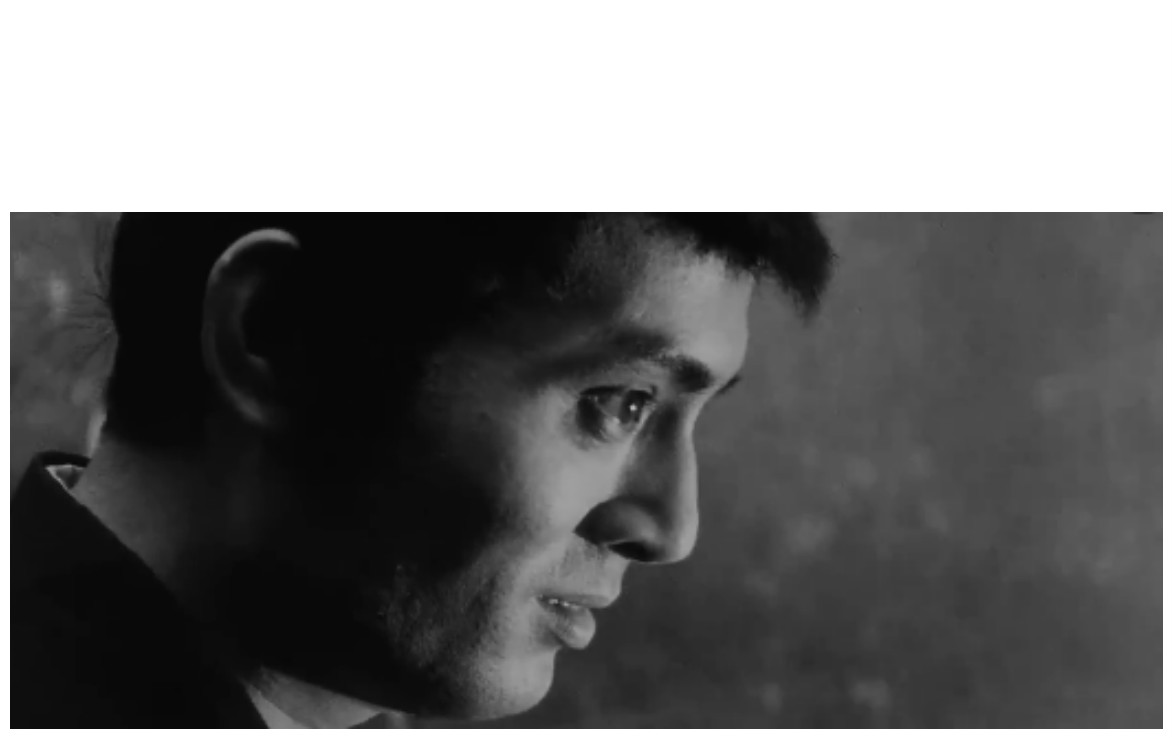
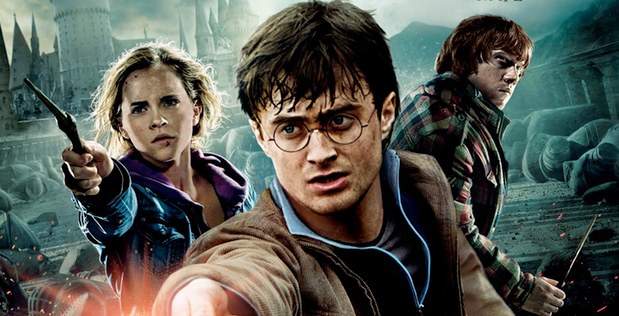
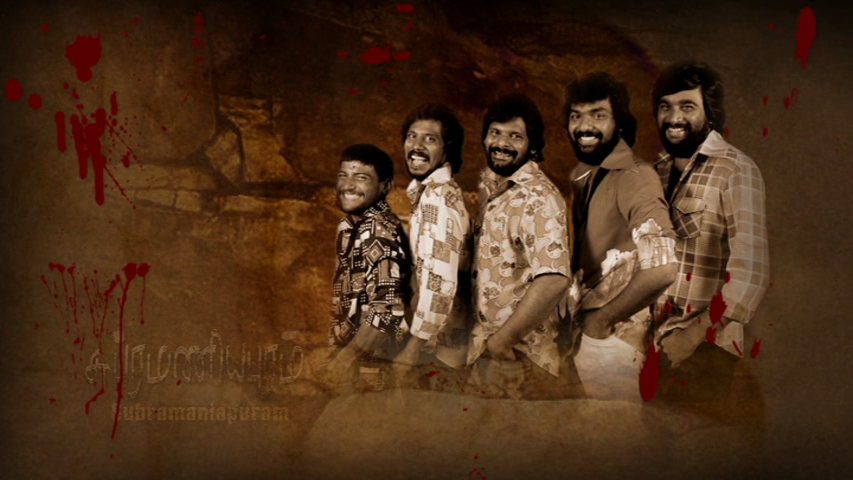
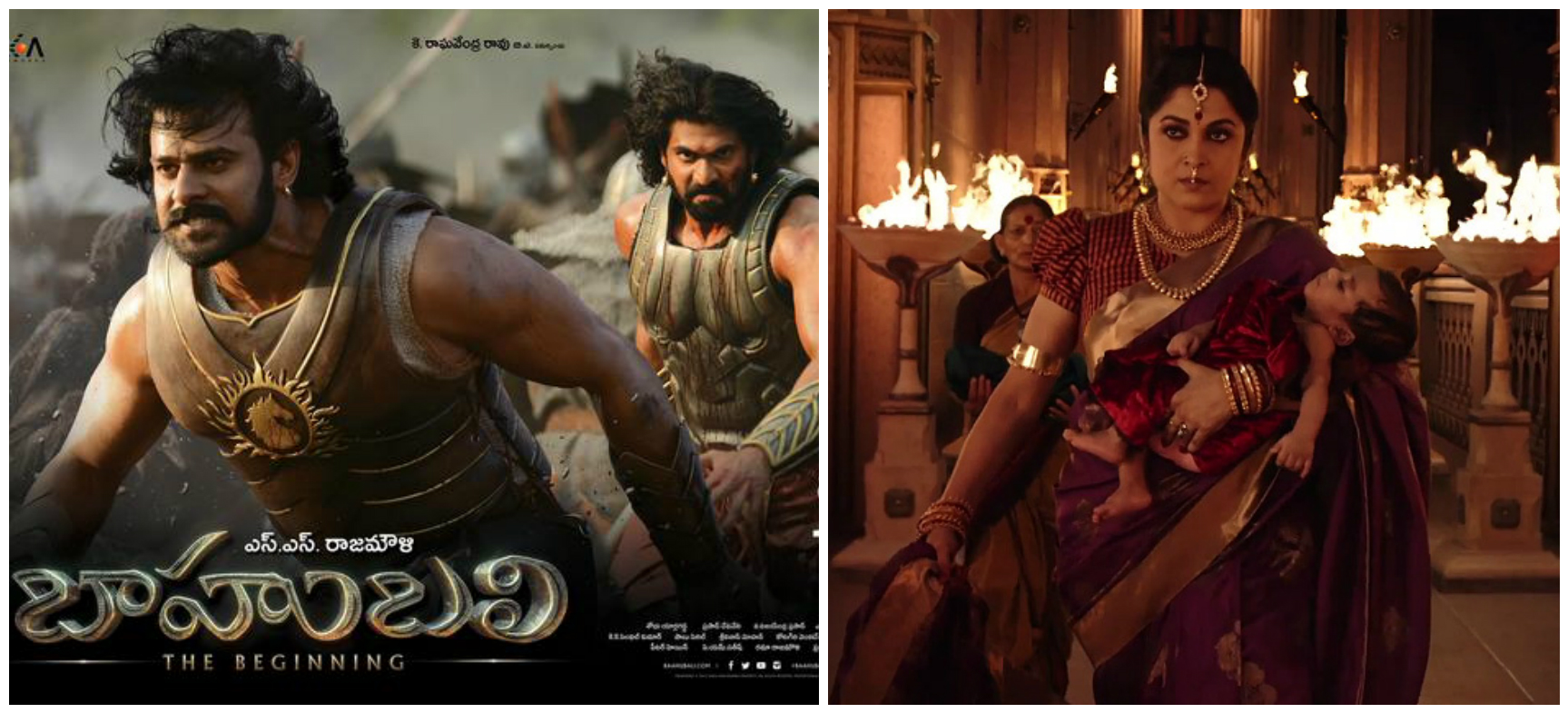
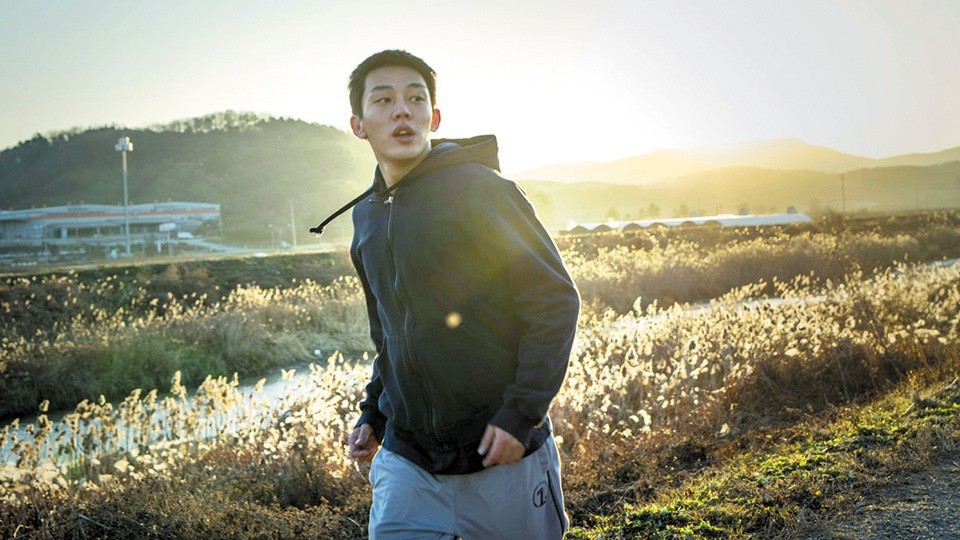




0 COMMENTS
WRITE COMMENT